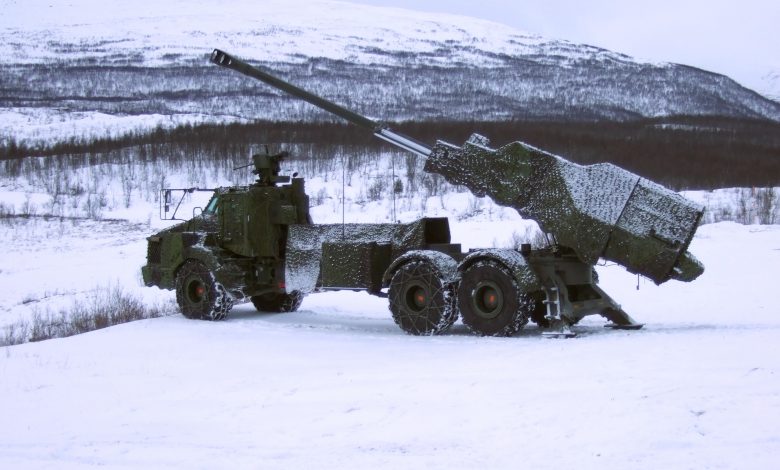BAE’s Archer, KMW’s RCH 155 emerge as finalists in Swiss howitzer program

The Swiss defense procurement agency armasuisse has shortlisted BAE Systems’ Archer and Krauss-Maffei Wegmann’s (KMW) RCH 155 as the two finalists for its next-generation self-propelled howitzer program.
The two systems are now set to undergo extensive trials in Germany and abroad in 2023 and 2024 before a final decision on the winner is announced in 2026.
The winner will be replacing the M109L47 KAWEST system, a variant of the US-developed M109A1 155mm self-propelled howitzer, that has been in service for over 50 years. The M109 will reach the end of its useful life at the beginning of the 2030s and will have to be replaced with a modern successor system.
Switzerland initiated work on its future artillery platform in 2017, with project initiation and the project order following in 2019.
Based on information received so far, the country downselected the Archer 8×8 mobile howitzer built by BAE Systems Bofors AB, Sweden, and the RCH 155 Artillery Gun Module (AGM) with two possible carrier platforms, a Boxer 8×8 and a Piranha 8×8. The RCH 155 would be built by Germany’s KMW.
The fully automated Archer is already in service with the Swedish Army and has also been evaluated by the US Army. The weapon system is typically operated by a crew of three to four soldiers but can be operated by only one.
Operators control the entire gun system from the safety of the vehicle’s armored cabin. BAE says the Archer can fire six rounds, displace, and move 500 meters, in less than two minutes, all while the crew remains in the armored cabin.
RCH 155 can fire up to 9 rounds per minute to a range of up to 40 km with standard ammunition (Base Bleed, BB). An increased range of up to 54 km is possible with Very Long Range Artillery Projectiles (VLAP). The gun module of the RCH 155 is unmanned and provides automated navigation and fire control, features fully automated gun laying, projectile and charge loading.
Switzerland bought the current M109 in several tranches from 1968 and has since adapted several times for use. In 1995, the howitzer was subjected to a combat upgrade (KAWEST) and in 2012 to a value maintenance program (WE).
The last measures are currently being taken with an extension of use (NUV) in 2021 with the intention of allowing it to remain in service until the early 2030s.





